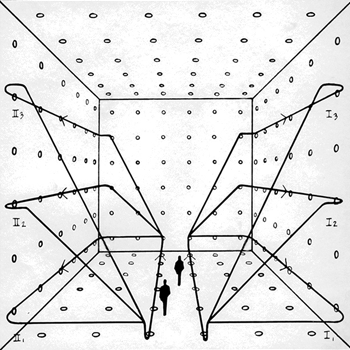What is the Feynman integral trick?
1 Answer
See below
Explanation:
It's a way of solving otherwise tricky definite integrals using a lot of creativity and, as the common theme, the Liebnitz rule for differentiating under the integral sign.
It is not a process or method in the sense that you don't just follow some rules and find the answer. This example might make this clear.
It's hardly intuitive to me, this is one I knew beforehand, but let's consider this integral instead:
and then
that's now très do-able as an indefinite integral, using, say, IBP:
So
the expression
We then steal an IV from
so
The original integral in
It's a pretty neat trick with Laplace and Fourier Transforms, in my own experience, but it's still very hit and miss. I reckon the best thing to do, if you wanna learn it, is to find a book or website and work a load of examples, with hints where necessary.
After thought: It can also be used on indefinite integrals but I have no experience of those.

